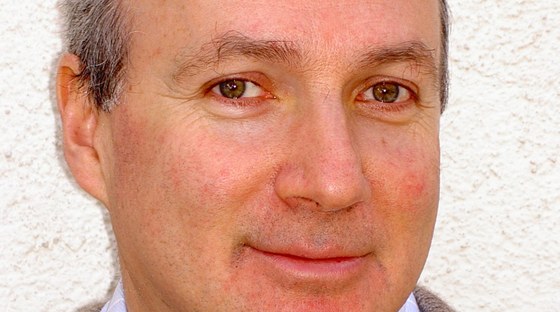Many Particle Physics
The groups many-particle theory (Prof. Gebhard) and many-particle numerics (Prof. Noack) develop analytical and numerical methods for many-particle systems, and apply them to materials. They focus on a proper treatment of the electron-electron interaction in solids to describe quantum-mechanical phenomena beyond perturbation theory.
In particular, the members of both research groups investigate dynamical properties of correlated quasi one-dimensional materials (e.g., optical excitations in polymers), quasi-particle band structures of strongly correlated electron systems (e.g., transition metals and their compounds), and the theory of metallic ferromagnetism as well as the metal-insulator transition due to the electron-electron interaction (Mott transition). As analytical methods they apply diagrammatic methods for weak and strong coupling and the Gutzwiller variational approach. In many-particle numerics, Lanczos-type exact diagonalization and the density-matrix renormalization group (DMRG) method are applied and developed.
The group disordered many-particle systems (Prof. Baranovski) investigates systems in which disorder plays the dominant role such as anorganic glasses, amorphous semiconductors, mixed crystals, and almost all anorganic semiconductor hetero-structures that are investigated and applied in modern material science. Disorder effects also play an important role in organic and biological systems, e.g., doped and conjugated polymers, organic glasses, DNA molecules and ionic channels where disorder and long-range many-particle correlations significantly influence their optical and transport properties.




